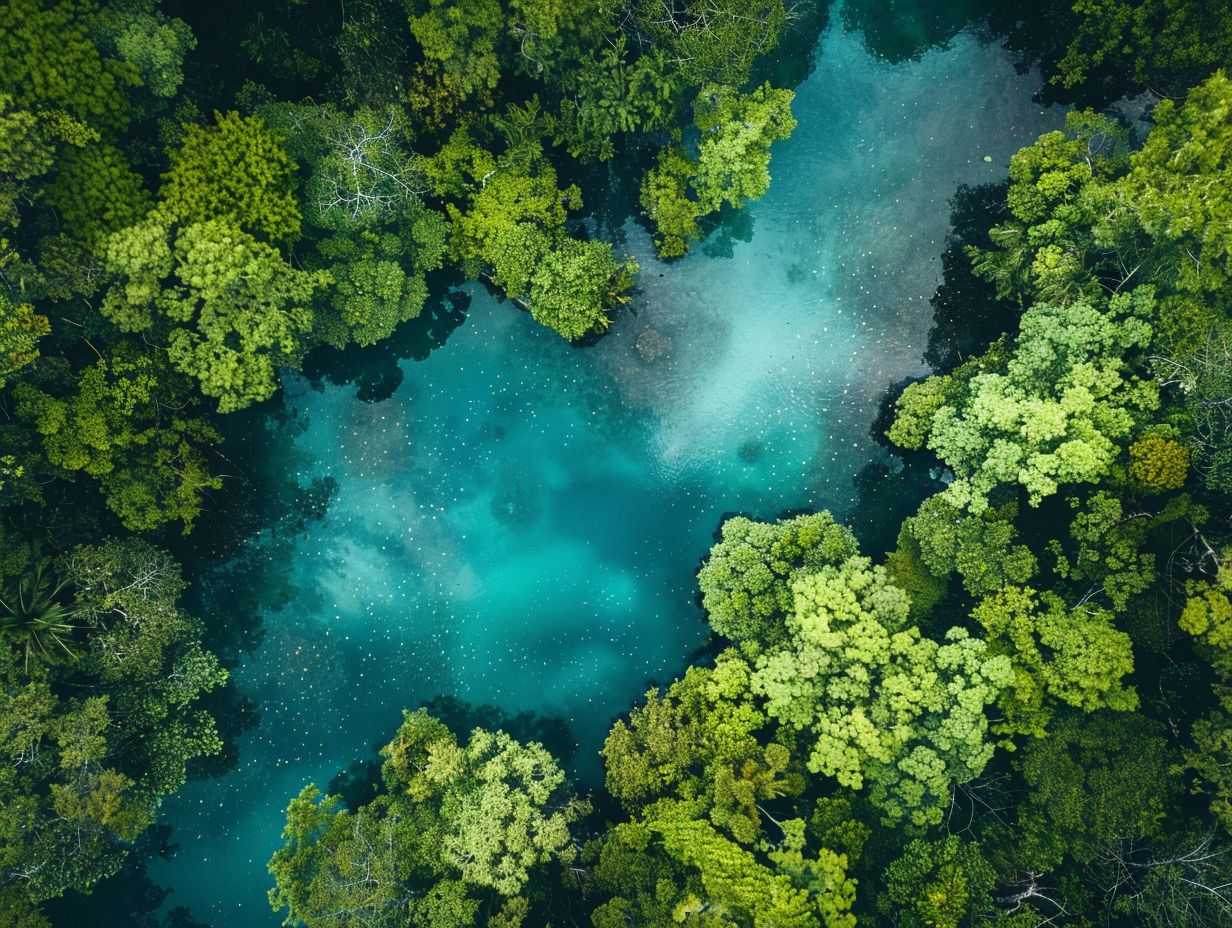Blue Spring State Park in Orange City, Florida, is a popular destination for nature enthusiasts and history buffs alike. One of the park’s most captivating features is the Thursby House, a historic home that offers visitors a glimpse into the past. This blog post will delve into the fascinating history and significance of the Thursby House, providing you with a comprehensive guide to this unique attraction within the park.
The Thursby House: A Glimpse into Florida’s Past
The Thursby House, built in 1872, is a two-story structure constructed from three types of center-cut pine that were milled in Savannah, Georgia, and transported by boat to the site. This historic home was added to the U.S. National Register of Historic Places in 2000, recognizing its cultural and architectural significance.
Exploring the Thursby House

Visitors to Blue Spring State Park can explore the Thursby House, which now serves as a museum and interpretive center. As you step inside, you’ll be transported back in time, with the home’s vintage heating system and wood-burning stove providing a glimpse into the daily lives of its former residents.
Guided Tours and Exhibits
The Thursby House offers guided tours, allowing visitors to learn about the history and significance of the structure. Knowledgeable park rangers share stories about the Thursby family and the role the house played in the development of the local community.
In addition to the guided tours, the Thursby House features a variety of exhibits that showcase the home’s original furnishings, artifacts, and historical documents. These exhibits provide a deeper understanding of the Thursby family’s life and the evolution of the region.
Architectural Features
The Thursby House boasts several architectural features that are worth noting. The home’s center-cut pine construction, a unique building material for the time, is a testament to the craftsmanship and resourcefulness of its builders. Additionally, the home’s two-story design and symmetrical layout reflect the architectural styles popular in the late 19th century.
Exploring the Surrounding Park
While the Thursby House is the main attraction, Blue Spring State Park offers a wealth of other activities and natural wonders for visitors to enjoy. Here are some of the highlights:
Hiking and Trails
The park features several hiking trails, including the 4.5-mile Pine Island Trail, which offers stunning views of the spring and the surrounding wetlands. Visitors can also explore the spring run, a serene waterway that is perfect for canoeing or kayaking.
Wildlife Viewing
Blue Spring State Park is home to a diverse array of wildlife, including fish, wading birds, ospreys, eagles, and the park’s famous residents – the manatees. During the winter months, visitors can often spot these gentle giants as they seek refuge in the park’s warm waters.
Boating and Water Activities
The park’s crystal-clear waters are perfect for a variety of water-based activities, such as swimming, snorkeling, and launching canoes or kayaks. Visitors can also take a guided river boat cruise to explore the park’s waterways and learn more about the local ecosystem.
Planning Your Visit
Blue Spring State Park is a popular destination, especially during the winter months when the manatees are present. To ensure a smooth and enjoyable visit, it’s important to plan ahead. The park may reach capacity and temporarily close during periods of high visitation, so visitors are encouraged to check the park’s website or call ahead to inquire about current conditions.
Conclusion
The Thursby House at Blue Spring State Park is a unique and captivating attraction that offers visitors a glimpse into Florida’s past. Whether you’re interested in history, architecture, or simply exploring the great outdoors, this historic home and the surrounding park are well worth a visit. So, pack your bags and get ready to immerse yourself in the rich history and natural beauty of Blue Spring State Park.

